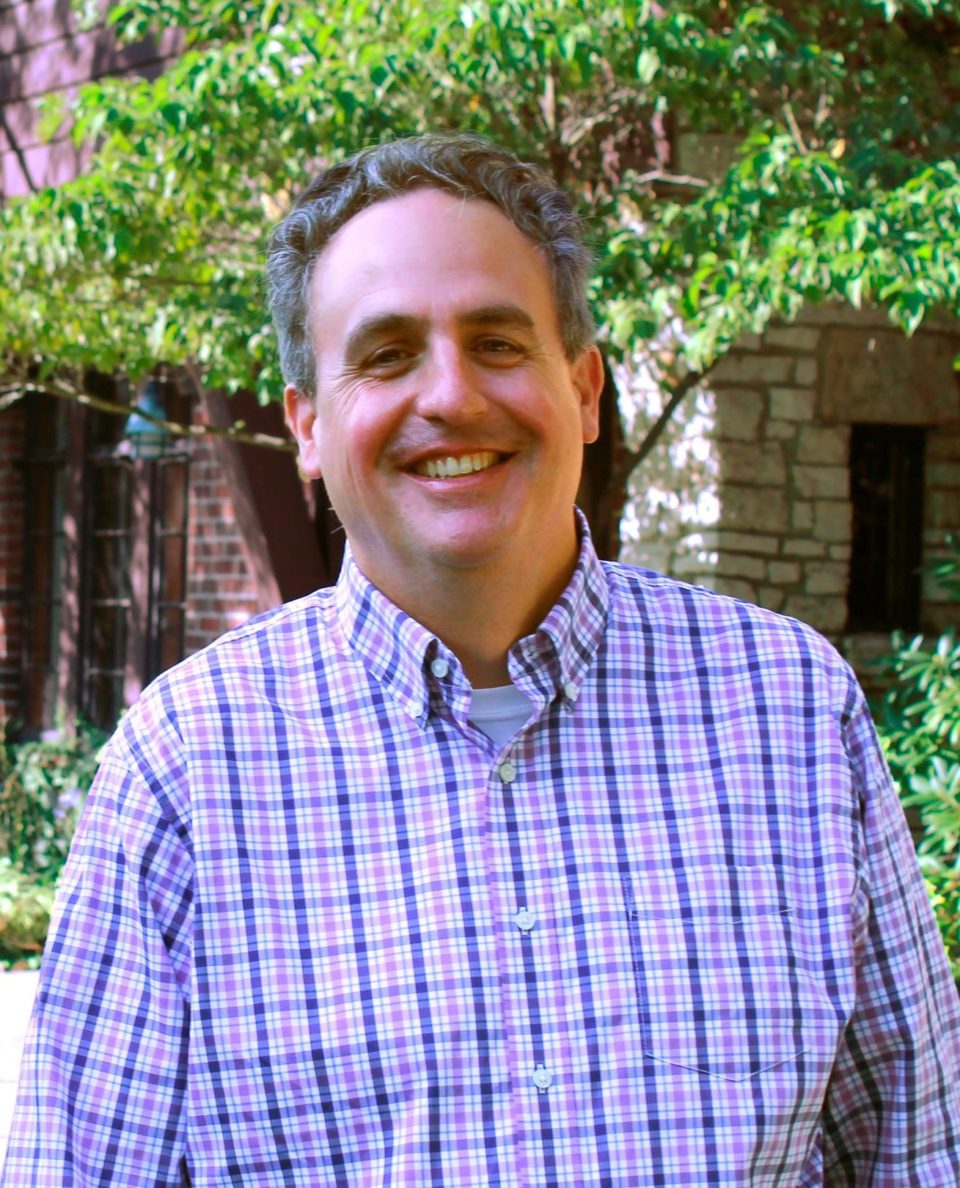To Do or Not To Do, That is the Question…

It is a commonly held notion that many smaller communities have ten people that do everything. They serve on committees and boards, and they plan festivals and network with business leaders. Often, they do not occupy positions of power. Instead, they generate new ideas and see them through using their tenacity, passion, and goodwill.
On the other side of the coin, there are those that serve a much different role. Friction, brakes, second-guessing…those that actively work against those that want to ‘do.’ People in the ‘Not To Do’ camp serve a vital role in the sense that the ‘To Do’ people need to articulate their vision clearly, map out the path and highlight the anticipated return on investment for their proposed projects. Unfortunately, even when these boxes are checked and community buy-in is peaking, the ‘Not To Do’ people can derail even the best-laid plans. Back in 2006, this situation led one community member in Tennessee to pull me aside and remark, “This community is only ten funerals away from progress.”
Obviously, this quote was meant to be tongue-in-cheek. However, it leads us towards the notion that if the ‘To Do’ and ‘Not To Do’ camps are going to somehow contribute to the collective will of making their community a “nice place to live, work and play,” they must interact constructively. The ‘Not To Do’ side needs to avoid blocking proposals simply for the sake of “that won’t work” or “we have never done it that way” and the “To Do’ side needs to listen to all sides, make adjustments and not be blinded by their passion for doing what in their mind is the ‘right thing.’
If we examine this situation more closely, the tension (or disequilibrium) between the two is often due to people’s level of risk adversity. People in the ‘To Do’ camp are willing to risk failing in order to realize a dream of making a positive contribution to their community. They recognize that their community can be so much more and that the data trends, often pointing to a shrinking and aging population with a declining number of jobs and fewer amenities than just a few decades before, will not reverse if nothing is done. One the other hand, the ‘Not To Do’ camp does not want to risk spending scarce resources on an idea that may ultimately not work or doesn’t appear to be a priority relative to other options that – though they haven’t worked up to now – meet the threshold of “this is how we have always done it.”
The challenge for both sides is to avoid a stalemate. Ultimately, doing nothing charts a course for steady community decay, especially in terms of a loss of built, social and human capital. Successfully doing something requires leadership, dialogue, analysis, resources and evaluation. It is an iterative process that not only involves garnering financial and political capital, but requires an inclusive and transparent pathway that incorporates input from all sides and strives to benefit the community as a whole, either directly or indirectly.
In the end, whether you are in the ‘To Do’ or ‘Not To Do’ camp, take a moment to reflect on what role you can play and how you can proactively contribute to enhancing the quality of life in your community. Simply saying ‘Yes’ or ‘No’ will get you, and your community, nowhere.
Perhaps Indiana’s very own, John Mellencamp, got it right when he sang:
“…I see through it now but I didn’t at first
The hypocrites made it worse and worse
Lookin’ down their noses at what people say
These are just words and words are okay
It’s what you do and not what you say
If you’re not part of the future then get out of the way.”
John Mellencamp
“Peaceful World“
Michael Wilcox is the Assistant Director and Program Leader for Community Development / Purdue Extension
Community and Regional Economics Specialist / Dept. of Agricultural Economics / Purdue University
Senior Associate / Purdue Center for Regional Development



